Home | Three centuries of history


The ambition to cross the Alps dates back centuries: from Hannibal to Napoleon, from the merchants of wool and silk to monks on the Via Francigena up to the postal services of the eighteenth century. It is a story that continues, albeit in a new guise, but with the same vision: linking the mountain to the future of the whole continent.
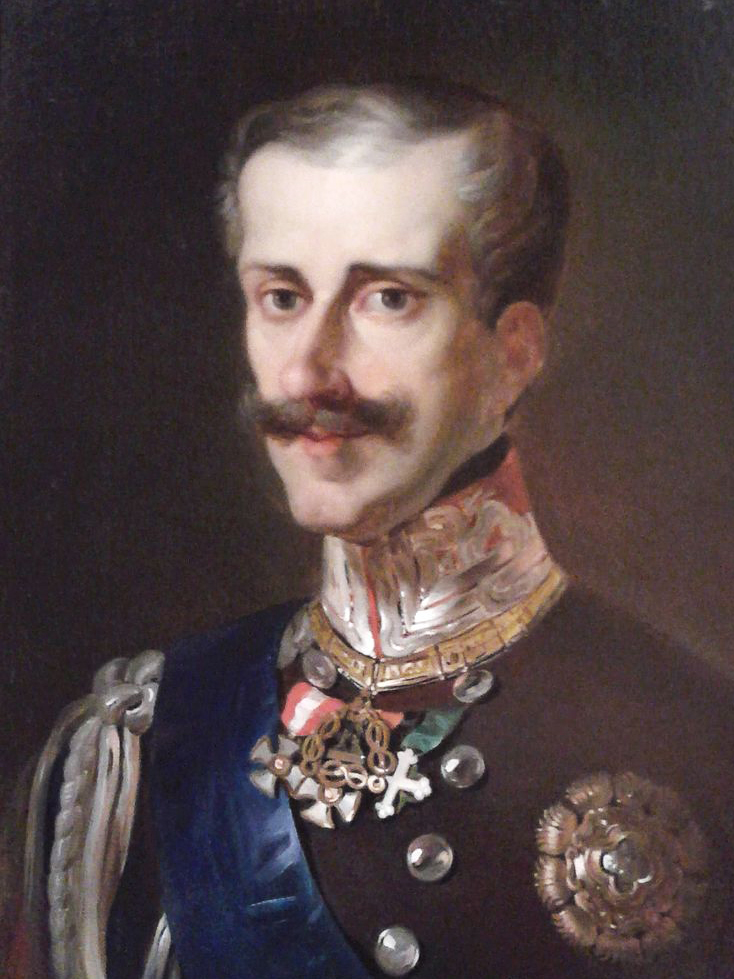
The Belgian engineer Henry Maus was commissioned to carry out a study concerning the possible construction of a rail link between Piedmont and Savoy across the Alps. At that time, only a few kilometres of railway were in operation in Italy and none of these was in Piedmontese territory. Yet even then, King Charles Albert and his government were aware of the importance of transalpine rail connections.

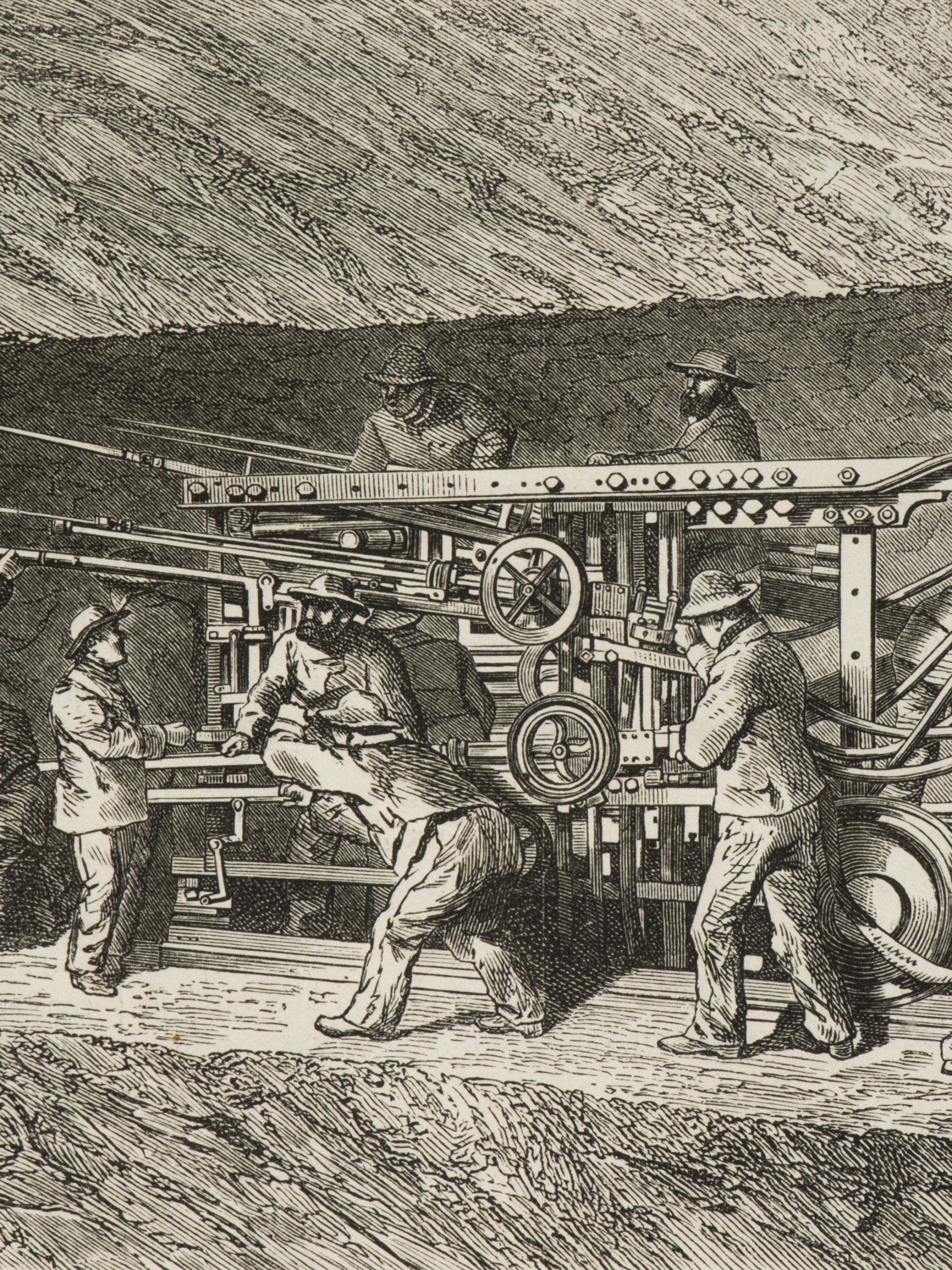
Work on the Fréjus tunnel began in 1857, within what was then the Kingdom of Sardinia. The original project aimed to bind two territories of the same state more closely, but the cession of Savoy to France in 1860 made the tunnel an international connection. The excavation began with miners who drilled the holes for the explosives by hand, and ended with a massive use of mechanical drills.

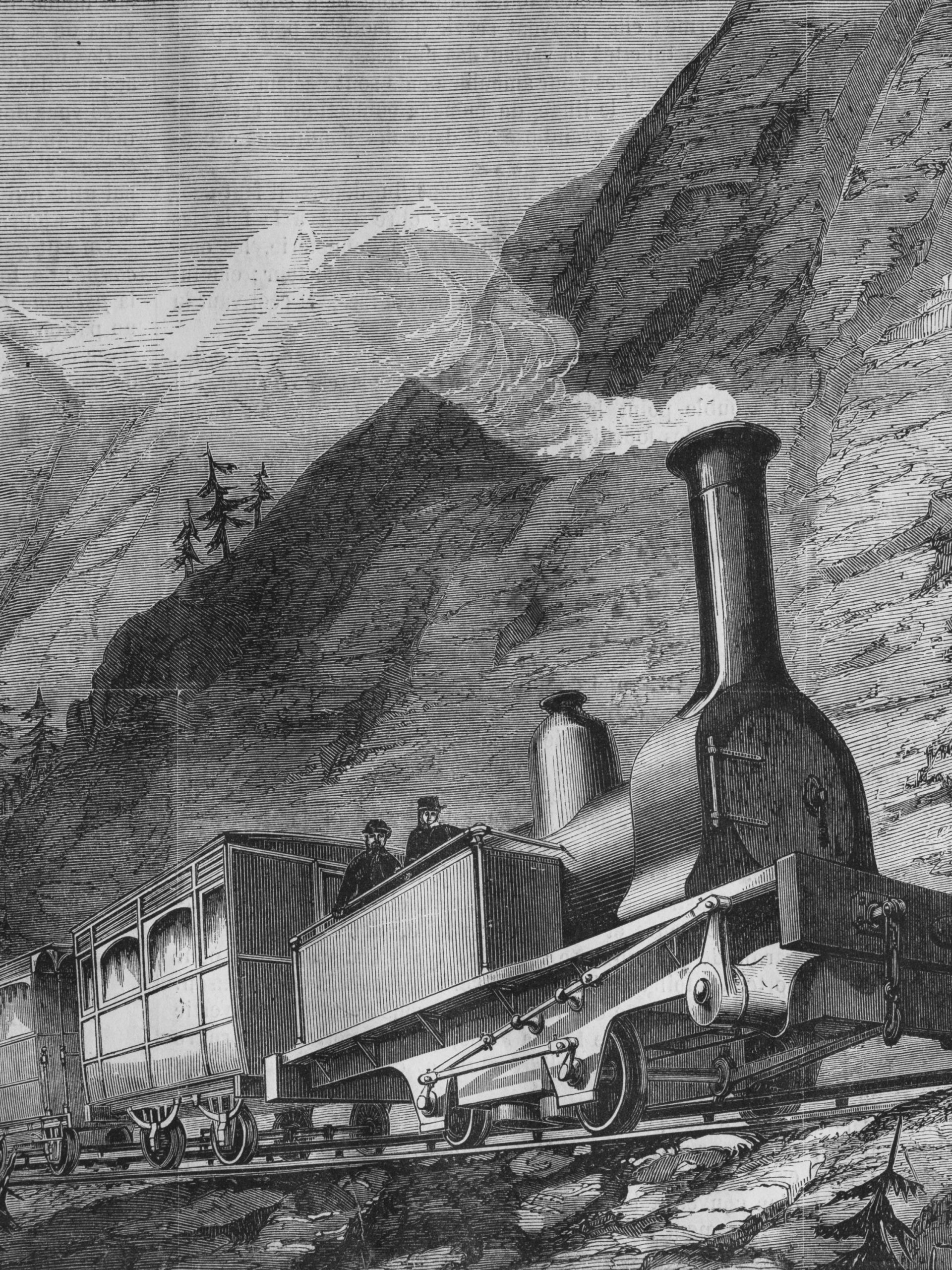
A British company bet that the construction times of the Frejus tunnel would be much longer than foreseen and in 1868 built the Fell mountain railway, which crossed the Mont Cenis pass with great difficulty and problems. The tunnel, however, was completed in 1871 and this line was abandoned.

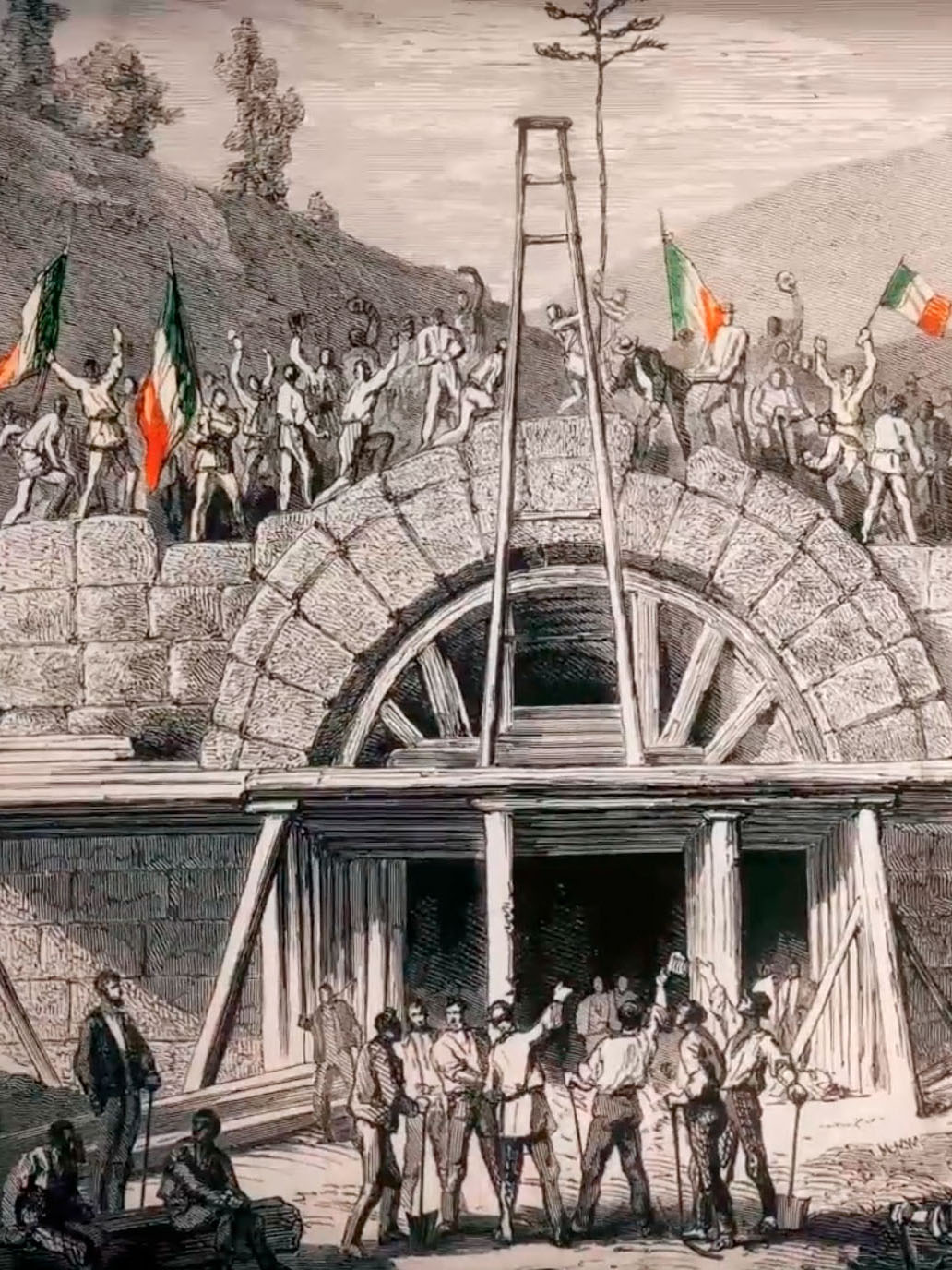
On 17 September 1871, the Fréjus railway tunnel between France and Italy was completed. Strongly supported by Cavour, it was at that time the longest in the world. The hard work of the miners, the use of the new pneumatic drills and ad hoc technologies allowed to dig in less than 14 years a tunnel that with traditional methods would have required 40 years.

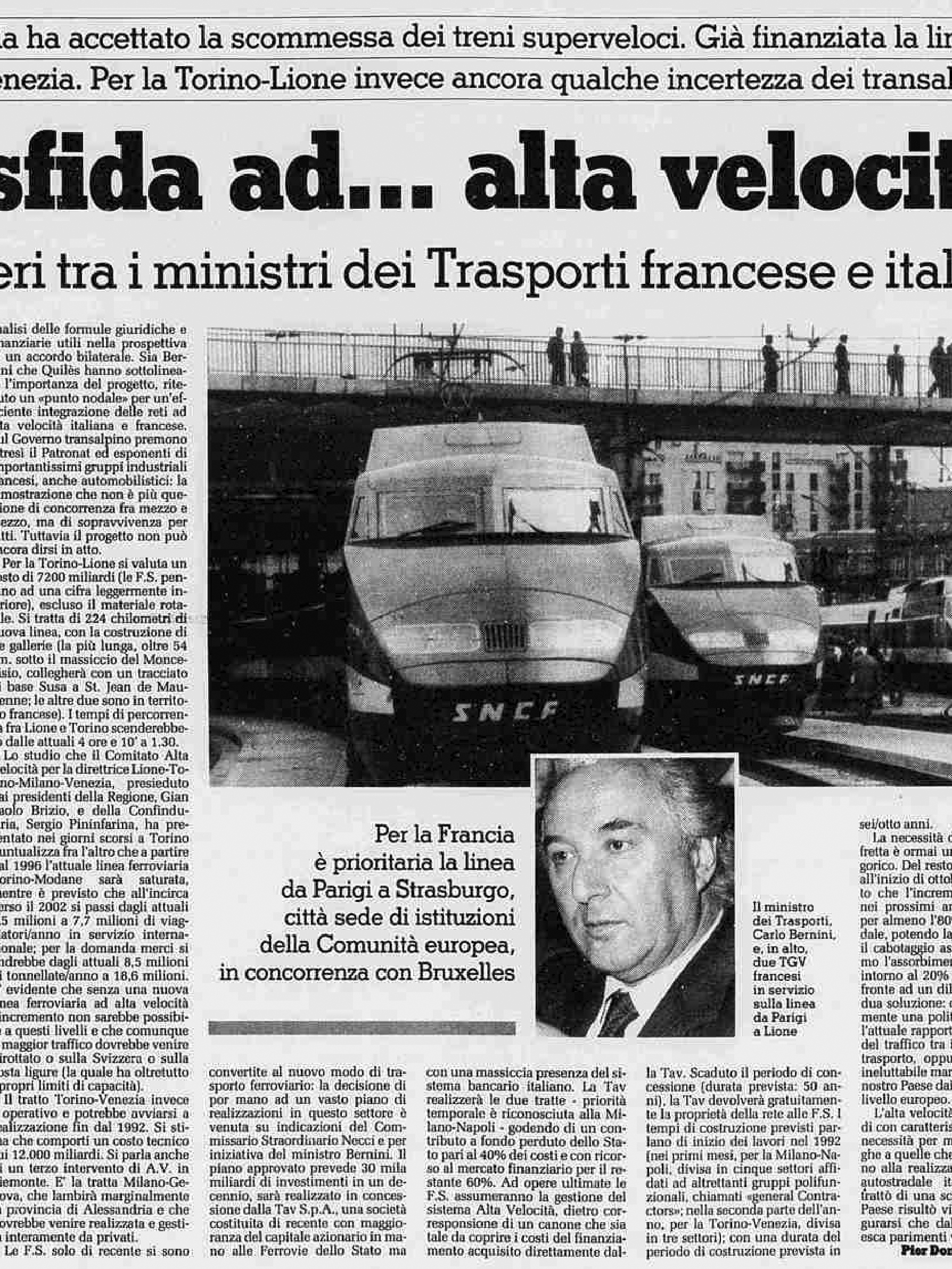
After the governments of Italy and France agreed in 1990 to study a new connection, in 1992 the two states signed the agreement that enshrines the wish to build the Mont Cenis base tunnel. Two years later, Alpetunnel was born, founded by the Italian and French railways, to which the planning of the work was entrusted.

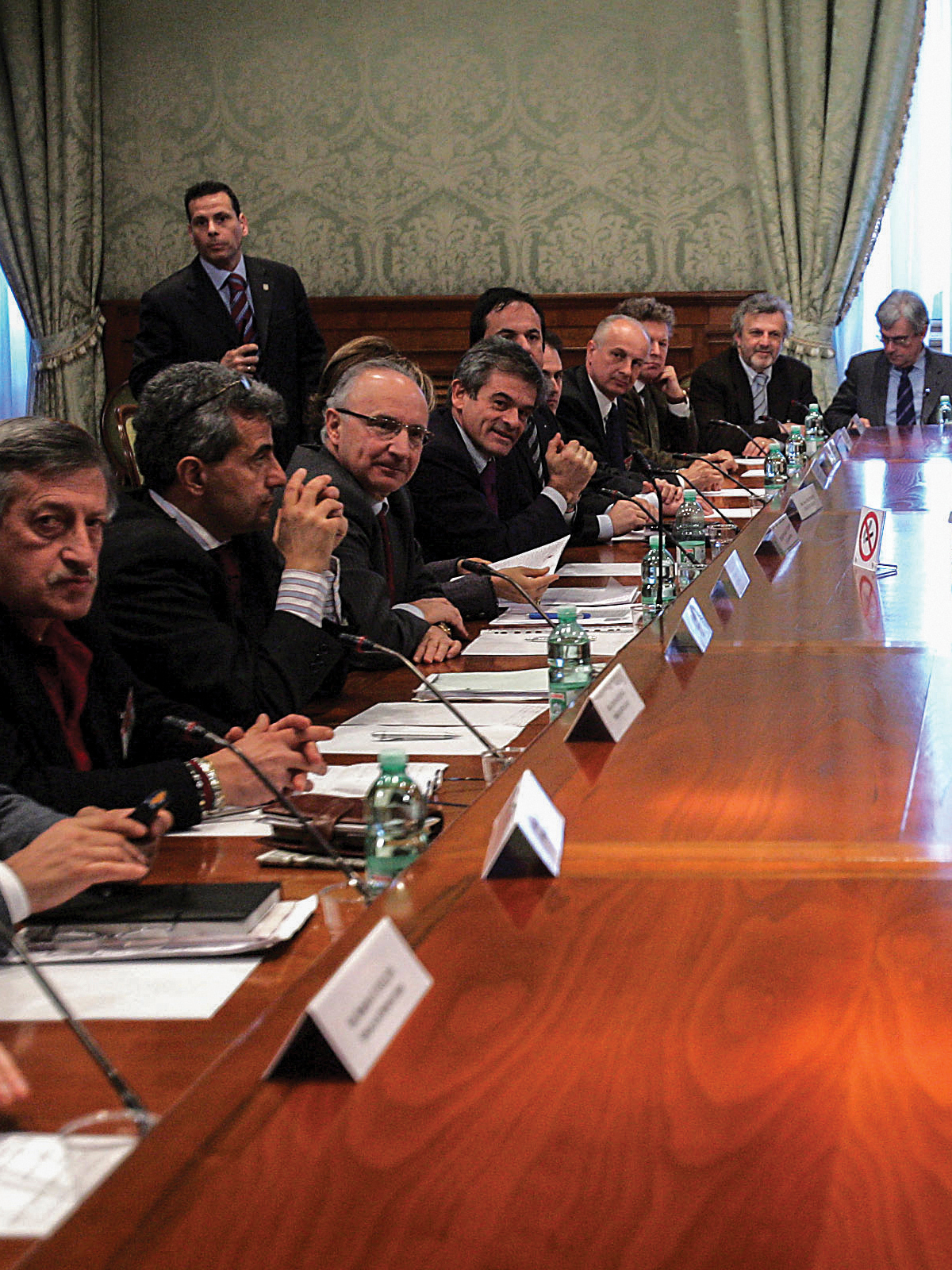
The Italy-France summits between 2001 and 2004 started studies and exploratory work in the mountains. On 3 October 2001, the task of planning the new railway and drawing up the necessary preliminary studies was entrusted to LTF (Lyon Turin Ferroviarie), a company formed by RFI and RFF that operated until 2015.

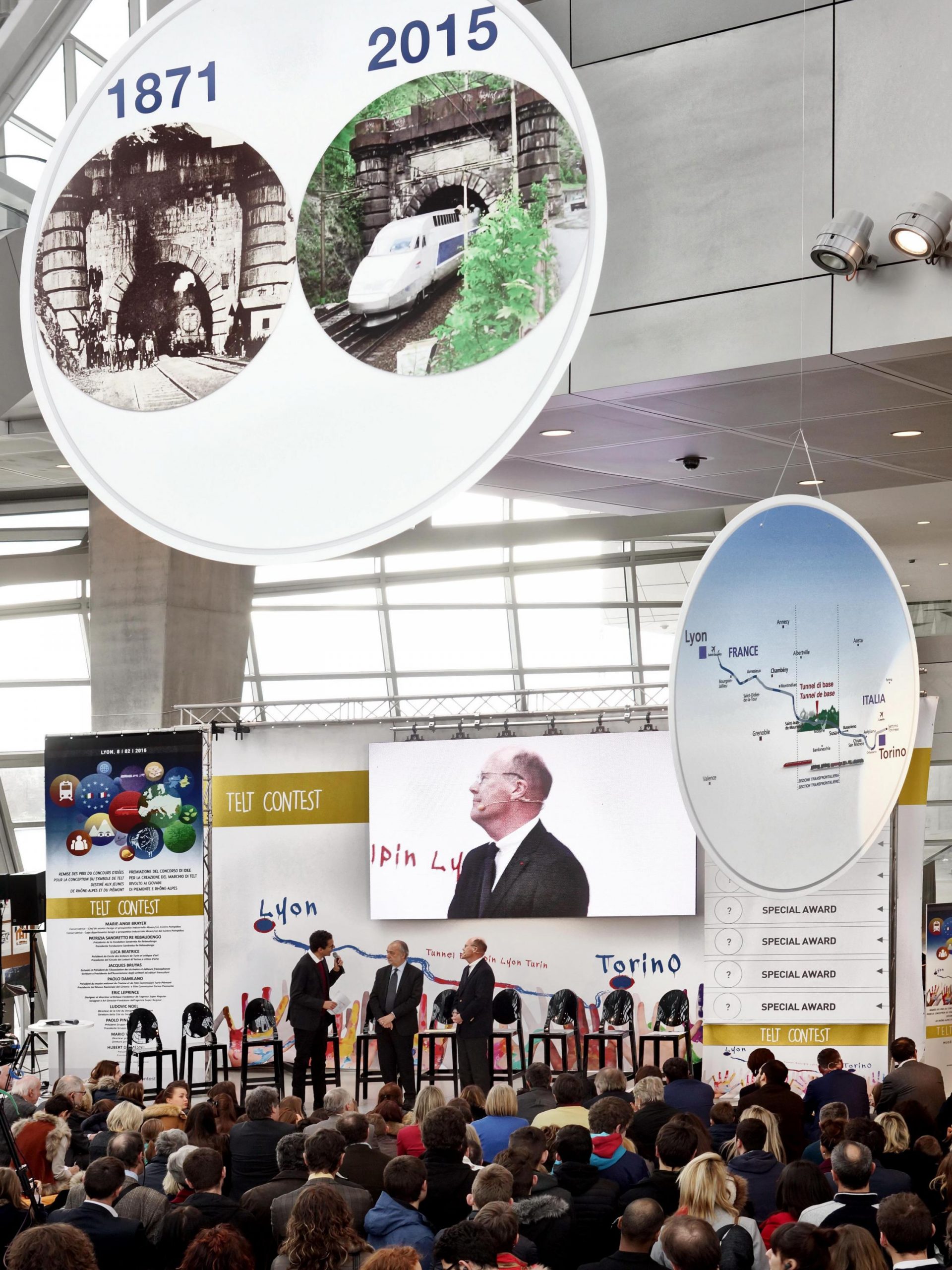
Tunnel Euralpin Lyon Turin was founded on 23 February 2015 with the task of creating and then managing the new infrastructure. The public promoter, as established in the binational agreements, is configured as a company under French law, with 50% of the shares held by the French State and 50% by the Italian State, through Ferrovie dello Stato.

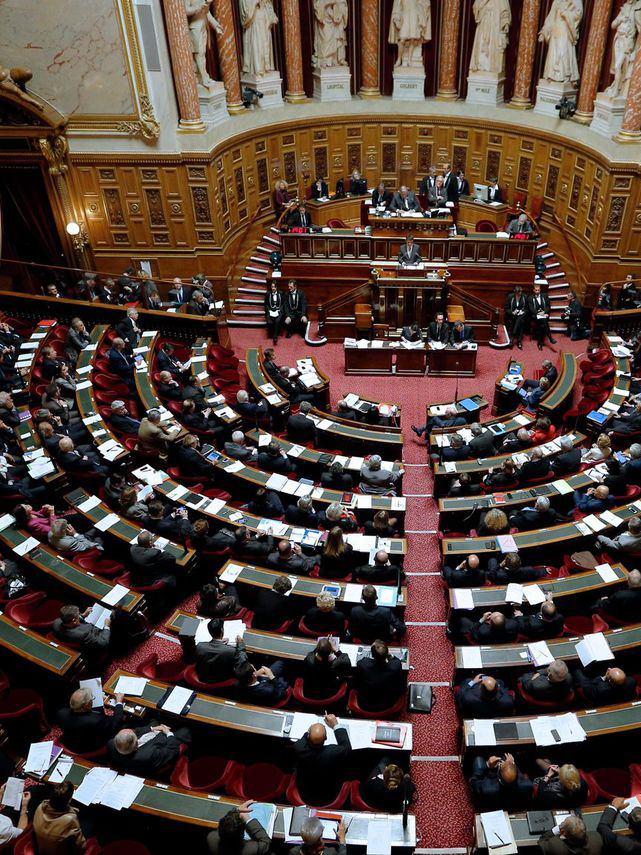
At the end of the year, the Parliaments of Italy and France ratified the updates to the international treaty, giving the go-ahead for the start of the definitive works for the cross-border section of the Turin-Lyon line. This step enabled TELT to start publishing calls for tenders.

By continuing to use the site, you agree to the use of cookies | Continuando ad utilizzare il sito, accetti l'uso di cookie | En continuant à utiliser le site, vous acceptez l'utilisation de cookies | PLUS
The cookie settings on this website are set to "allow cookies" to give you the best browsing experience possible. If you continue to use this website without changing your cookie settings or you click "Accept" below then you are consenting to this.